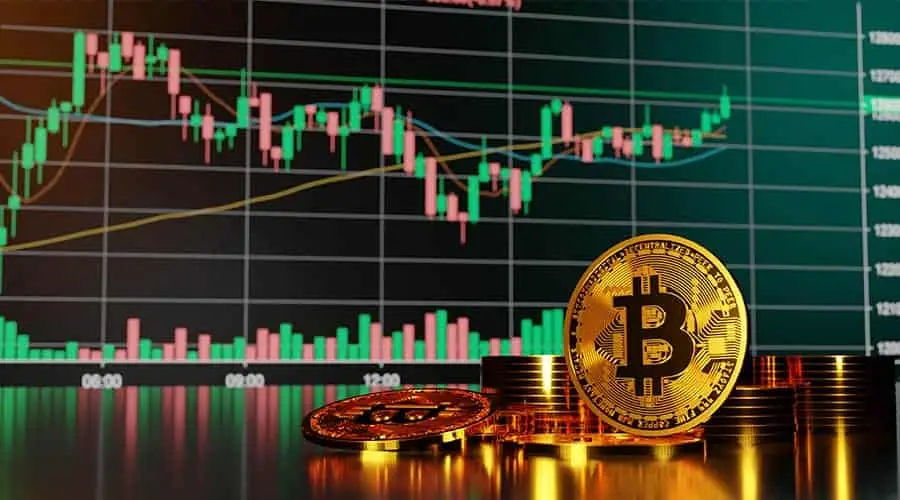In recent years, cryptocurrencies have captured the imagination of investors worldwide, promising decentralized financial systems and potentially lucrative returns. Read More
However, the volatility inherent in the crypto market has raised questions about the suitability of these assets for investment versus trading. In this discussion, we’ll explore whether crypto assets are truly valuable, the differences between investing and trading in this volatile landscape, and key considerations for individuals navigating the world of digital currencies.
Value Proposition of Crypto Assets:
- Cryptocurrencies offer several unique value propositions, including decentralization, borderless transactions, and censorship resistance.
- The underlying blockchain technology provides transparent and immutable ledgers, enhancing trust and security in transactions.
- Some cryptocurrencies serve specific use cases beyond peer-to-peer payments, such as smart contracts (Ethereum) and decentralized finance (DeFi) applications.
Investment vs. Trading:
- Investing in cryptocurrencies typically involves buying and holding assets for the long term, based on fundamental analysis of the technology, adoption, and potential future value.
- Trading, on the other hand, entails short-term buying and selling of assets to capitalize on price fluctuations, often employing technical analysis and trading strategies to generate profits.
Volatility and Risk:
- The crypto market is known for its extreme volatility, with prices capable of experiencing rapid and substantial fluctuations within short timeframes.
- While volatility can present opportunities for traders to profit from price swings, it also exposes investors to higher levels of risk, including the potential for significant losses.
Long-Term Investment Considerations:
- Long-term investors in crypto assets must assess factors such as the project’s technology, team, community support, and adoption potential.
- Diversification across different cryptocurrencies and asset classes can help mitigate risk and reduce exposure to individual asset volatility.
Trading Strategies and Tactics:
- Traders employ various strategies, including day trading, swing trading, and trend following, to capitalize on short-term price movements.
- Risk management techniques, such as setting stop-loss orders and position sizing, are essential for traders to protect capital and manage downside risk.
Regulatory and Market Risks:
- Regulatory uncertainty and evolving legal frameworks pose risks to both investors and traders in the crypto market.
- Market manipulation, insider trading, and security breaches are additional risks that individuals must navigate when participating in the crypto ecosystem.
Psychological Factors:
- Emotions play a significant role in both investing and trading, with fear and greed often driving decision-making processes.
- Discipline, patience, and emotional resilience are critical traits for individuals seeking success in the volatile and unpredictable crypto market.
In conclusion, crypto assets possess inherent value driven by their disruptive technology and potential to revolutionize various industries. However, the volatile nature of the crypto market necessitates careful consideration of investment objectives, risk tolerance, and time horizons. While long-term investment in promising projects can yield significant returns, trading in the crypto market requires a thorough understanding of market dynamics, trading strategies, and risk management techniques.
Ultimately, whether crypto assets are suitable for investment or trading depends on individual preferences, goals, and risk appetite in navigating this exciting but volatile asset class.


